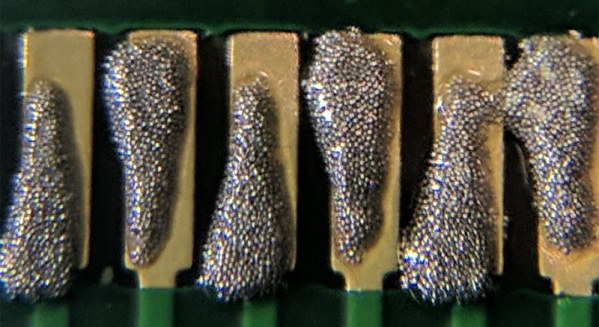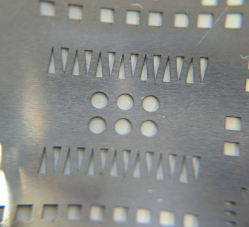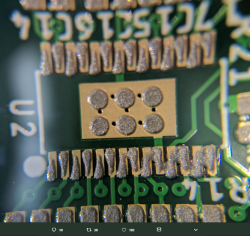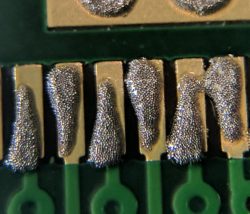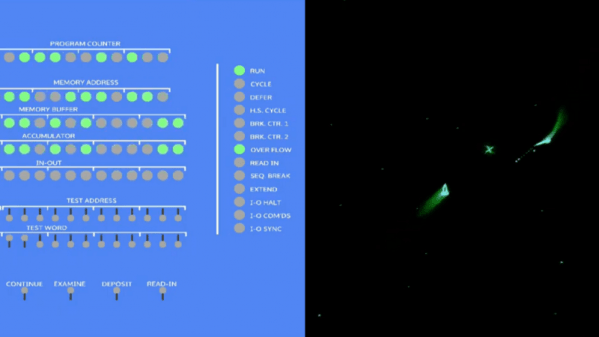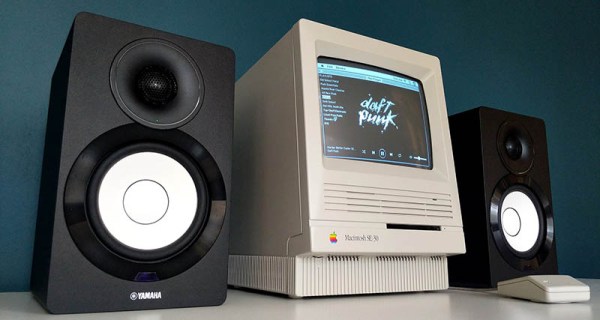Head-mounted displays range from cumbersome to glass-hole-ish. Smart watches have their niche, but they still take your eyes away from whatever you are doing, like driving. Voice assistants can read to you, but they require a speaker that everyone else in the car has to listen to, or a headset that blocks out important sound. Ignoring incoming messages is out of the question so the answer may be to use a different sense than vision. A joint project between Facebook Inc. and the Massachusetts Institute of Technology have a solution which uses the somatosensory reception of your forearm.
A similar idea came across our desk years ago and seemed promising, but it is hard to sell something that is more difficult than the current technique, even if it is advantageous in the long run. In 2013, a wearer had his or her back covered in vibrator motors, and it acted like the haptic version of a spectrum analyzer. Now, the vibrators have been reduced in number to fit under a sleeve by utilizing patterns. It is being developed for people with hearing or vision impairment but what drivers aren’t impaired while looking at their phones?
Patterns are what really set this version apart. Rather than relaying a discrete note on a finger, or a range of values across the back, the 39 English phenomes are given a unique sequence of vibrations which is enough to encode any word. A phenome phoneme is the smallest distinct unit of speech. The video below shows how those phonemes are translated to haptic feedback. Hopefully, we can send tweets without using our hands or mouths to upgrade to complete telepathy.


